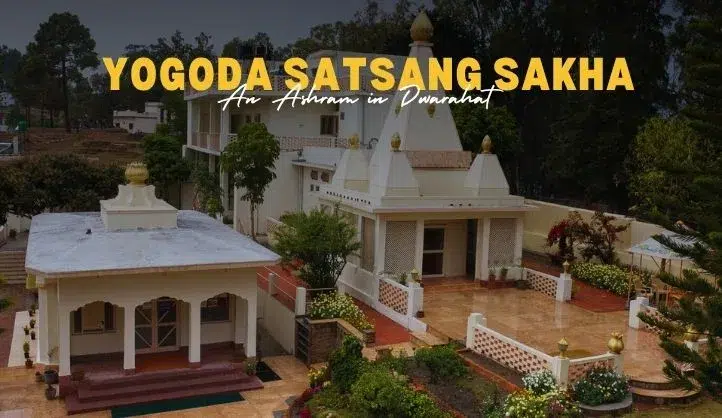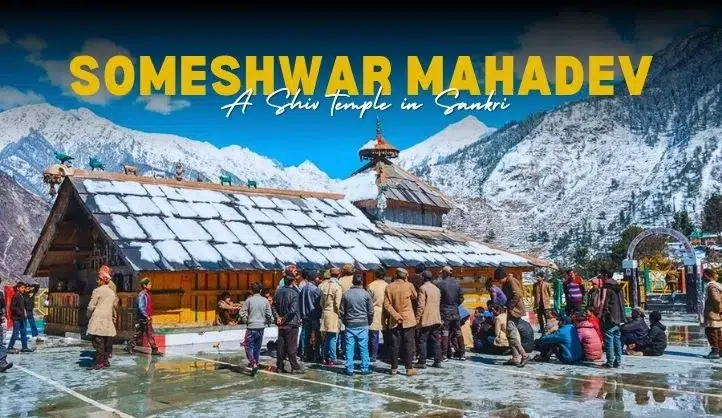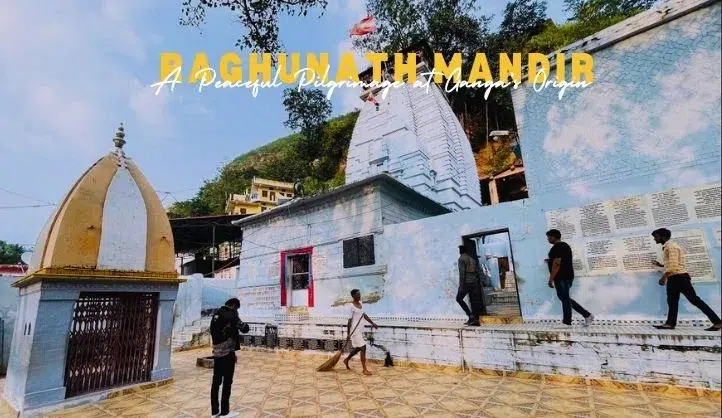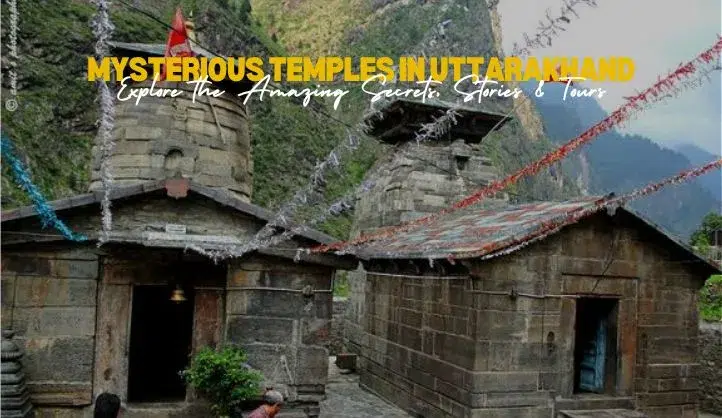Bisu Mela 2025 | A Colorful Celebration in the Hills

Welcome to our guide on Bisu Mela, one of the most colorful and traditional festivals celebrated in the Jaunsari villages of Chakrata, Uttarakhand. Held every year during the harvest season, this festival brings together local people, music, dance, and rituals that have been followed for generations. Bisu Mela is not just a fair—it’s a beautiful […]
Yogoda Satsang Sakha Ashram

Have you ever wanted to visit a peaceful ashram in the Himalayas? Yogoda Satsang Sakha Ashram in Dwarahat, Uttarakhand, is a beautiful spiritual retreat founded by Paramahansa Yogananda, the great yogi who wrote “Autobiography of a Yogi.” In this guide, you’ll learn: ✔ History of the Ashram ✔ Teachings of Paramahansa Yogananda ✔ How to Visit & What to Expect ✔ Meditation & […]
Someshwara Mahadev Temple Sankri

High up in the peaceful hills of Uttarkashi lies a small yet powerful temple called Someshwara Mahadev Temple. Located in Sankri, a scenic village that serves as the base for several famous treks like Har Ki Dun and Kedarkantha, this temple is dedicated to Lord Shiva, known here as Someshwara. People who visit Sankri often […]
Deeba Mata Mandir Pauri Garhwal

Deeba Mata Mandir (sometimes just called Deeba Mandir) is a holy temple in a peaceful village named Jhalpadi, in Pauri Garhwal. People here believe that Deeba Mata is the protector of the forests and hills. Locals say she watches over the jungle and keeps it safe. This temple isn’t just old—it’s full of history. In […]
Raghunath Mandir Devprayag Guide | History, Travel and Darshan

Tucked away in the misty hills of Uttarakhand, Raghunath Mandir Devprayag is not just a temple—it’s a gateway to divinity. Perched at the sacred confluence of the Alaknanda and Bhagirathi rivers—where the mighty Ganga takes birth—this ancient shrine breathes with the power of myth, devotion, and peace. Unlike the crowded temple towns, Raghunath Mandir offers […]
Kinnaur Kailash Trek Guide: Best Time, Route & Tips for 2025

What is Kinnaur Kailash Kinnaur Kailash, also known as Kinner Kailash, is a very sacred mountain located in the Kinnaur district of Himachal Pradesh. It rises to about 6,050 meters (around 19,850 feet) above sea level. This mountain is famous because at its top, there is a large natural rock shaped like a Shivling — […]
Christ Church | A Historical Landmark in Shimla

Located in the heart of Shimla, Christ Church is a stunning example of Gothic Revival architecture and one of the most iconic landmarks in the region. Perched on The Ridge, the church is a must-visit destination for history buffs, architecture enthusiasts, and those seeking a tranquil retreat in the picturesque hill station of Shimla. Whether […]
Top 10 Mysterious Temples in Uttarakhand you should visit now | Amazing Secrets, Stories & Tours

Have you ever wondered about places that are full of magic, secrets, and old stories? Welcome to the Mysterious Temples in Uttarakhand, where every temple has a mystery waiting for you to discover. In this blog, we will explore amazing stories about powerful gods, hidden caves, and temples that only a few people can visit. […]
Janki Setu in Rishikesh

Janki Setu is one of the most remarkable bridges in Rishikesh, connecting the two shores of the holy Ganges River. This newly constructed bridge is not just a convenient passage for locals and tourists but also an emerging attraction in the spiritual city of Rishikesh. With its modern structure and spiritual significance, it has become a […]
Prakateshwar Cave | A Mysterious Shiva Cave in Uttarakhand

Uttarakhand is known for its natural beauty, spiritual places, and hidden gems. One such hidden gem is Prakateshwar Cave, a sacred cave dedicated to Lord Shiva. This cave is located near the town of Ukhimath in the Rudraprayag district of Uttarakhand. It is a naturally formed cave with stunning stalactites and stalagmites that resemble Shiva […]
